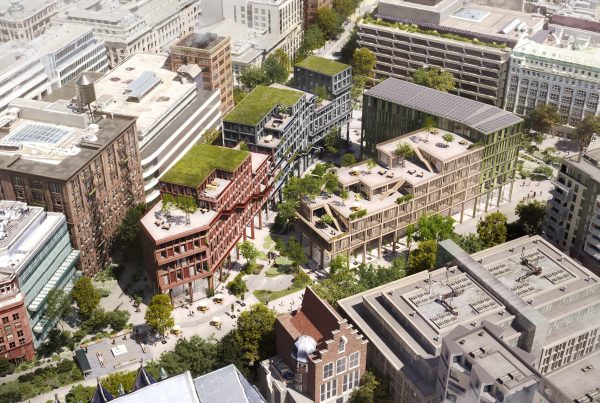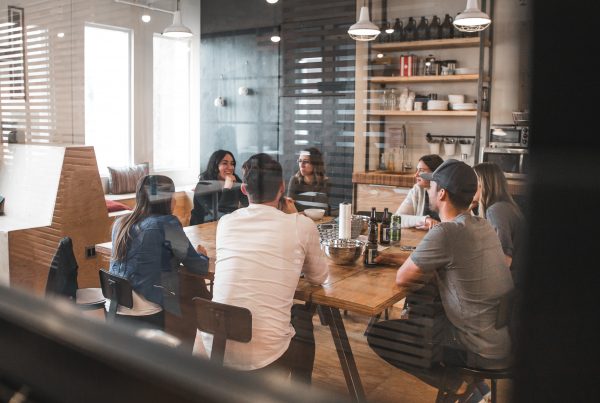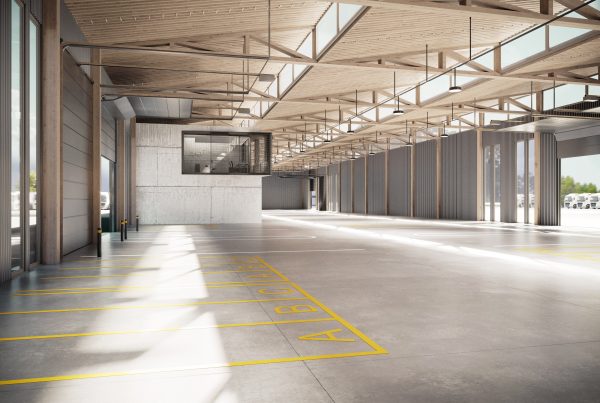When station-related architecture resembles a “barcode”, rethinking is called for and something more identity architecture
Architect Justus Asselmeyer on the “Mal im Ernst” article in “Die Zeit
 “The same house stands at every station …” – so begins the critical commentary by Henning Sussebach, a reporter for “Die Zeit” who apparently travels by train in Germany very often. He noticed that many German train stations have the same buildings. Powerful, anonymous, and – as one commenter on Twitter puts it – “like a barcode.” Hamburg architect Justus Asselmeyer comes to the defense of his professional colleagues and calls for more courage on the part of clients: “The architects here implement what is required of them. And maximum profit optimization is demanded in buildings whose users are not even known in advance, and therefore the desired architecture must suit everyone and everything. No wonder, if then the comparison with a laying battery is obvious. The negative effect of identity-less architecture at the station on us people is underestimated.”
“The same house stands at every station …” – so begins the critical commentary by Henning Sussebach, a reporter for “Die Zeit” who apparently travels by train in Germany very often. He noticed that many German train stations have the same buildings. Powerful, anonymous, and – as one commenter on Twitter puts it – “like a barcode.” Hamburg architect Justus Asselmeyer comes to the defense of his professional colleagues and calls for more courage on the part of clients: “The architects here implement what is required of them. And maximum profit optimization is demanded in buildings whose users are not even known in advance, and therefore the desired architecture must suit everyone and everything. No wonder, if then the comparison with a laying battery is obvious. The negative effect of identity-less architecture at the station on us people is underestimated.”
Built Identity and Regional Reference at German Railway Stations
Asselmeyer calls for more so-called identity architecture instead of identity-less architecture in such large building projects that shape the cityscape for decades. His approach is therefore not to criticize the architects, but to criticize neighborhood planning and the pure profit optimization of anonymous XYZ investors. https://asselmeyerarchitekt.de/
This repetition architecture is the result of emotionless building specifications
Whether Cologne, Freiburg, Mannheim, Heidelberg, Karlsruhe Berlin-Adlershof and even in Vienna. Everywhere you see these uniform cuboids at the end of the track. Since the marketing of the plots is mostly handled by non-local investors, they are the ones who are mainly responsible for the result. In the case of long-term planning by investment companies, the subsequent tenant is usually unclear. But if you don’t know who is going to move into your buildings later on, you don’t think about how they will be used by the respective “people” and the architect has to plan accordingly in an unadapted way so that it fits everyone.
“The fact is, after all, that landlords are only interested in maximizing profits. In the Zeit article, the term ‘axis grid’ is used, and for the architect this means maximum efficiency, office cells of 2.70 meters with a grid unit of 1.35 meters, flexibly expandable at any time. Man in the labor-optimized laying battery. Then you need a glass foyer with a bar and a deliberately emotionless courtyard or roof terrace for a building so close to the train station – a little luxury is needed and the building is finished. Of course, this then looks cool and lacks identity,” says architect Asselmeyer.
Plea for “identity architecture” and planning with knowledge for whom
The architectural psychological effect of buildings on people must be the first design approach. Especially when it comes to properties in the direct vicinity of train stations, where the reputation is generally poor. In the past, railroad stations with their forecourts and neighboring buildings were magnificent buildings and enriched the architecture in the center of cities. Today, these areas are degraded to purely functional buildings with attached shopping malls.
“From my point of view, in such an important urban location, the region, the neighborhood or, in short, the genius loci must be of relevant importance as a source of identity and thus the source of ideas for the architecture, so that we do not end up with interchangeable building fronts and a perception without local reference. To prevent station districts from becoming problem zones, a maximum mix of functions is needed. This means that investors must not only build and market office space in their properties, but also residential space, retail, gastronomy, public functions and cultural offerings. After all, people work in these office spaces, not machines. The theory of Jane Jacobs (a renowned New York architecture critic) states the following: Mixed-use development and the provision of a variety of building types in neighborhoods facilitate vibrant neighborhoods and small-scale, unplanned neighborhoods. It promotes everyday interaction and builds a network known as a city’s social capital, which forms the basis for mutual trust, shared activities and resilience in times of crisis. This is exactly what we can use today. So it is first and foremost the task of urban and neighborhood planners to avoid such a lack of orientation and emotion in the future and to make our central station areas once again a place of encounter where all residents, visitors and commuters feel at home,” says Dipl.-Ing. Architect Justus Asselmeyer.
Link to the ZEIT press article: https://www.zeit.de/2022/39/architektur-hauptbahnhof-duesseldorf-muenchen-bielefeld
Link to the press article: https://www.pressetext.com
ASSELMEYER ARCHITECT Hamburg
Long row 29
20099 Hamburg
Tel.: +49 (0)40 524 764 040
E-mail: info@asselmeyerarchitekt.de





